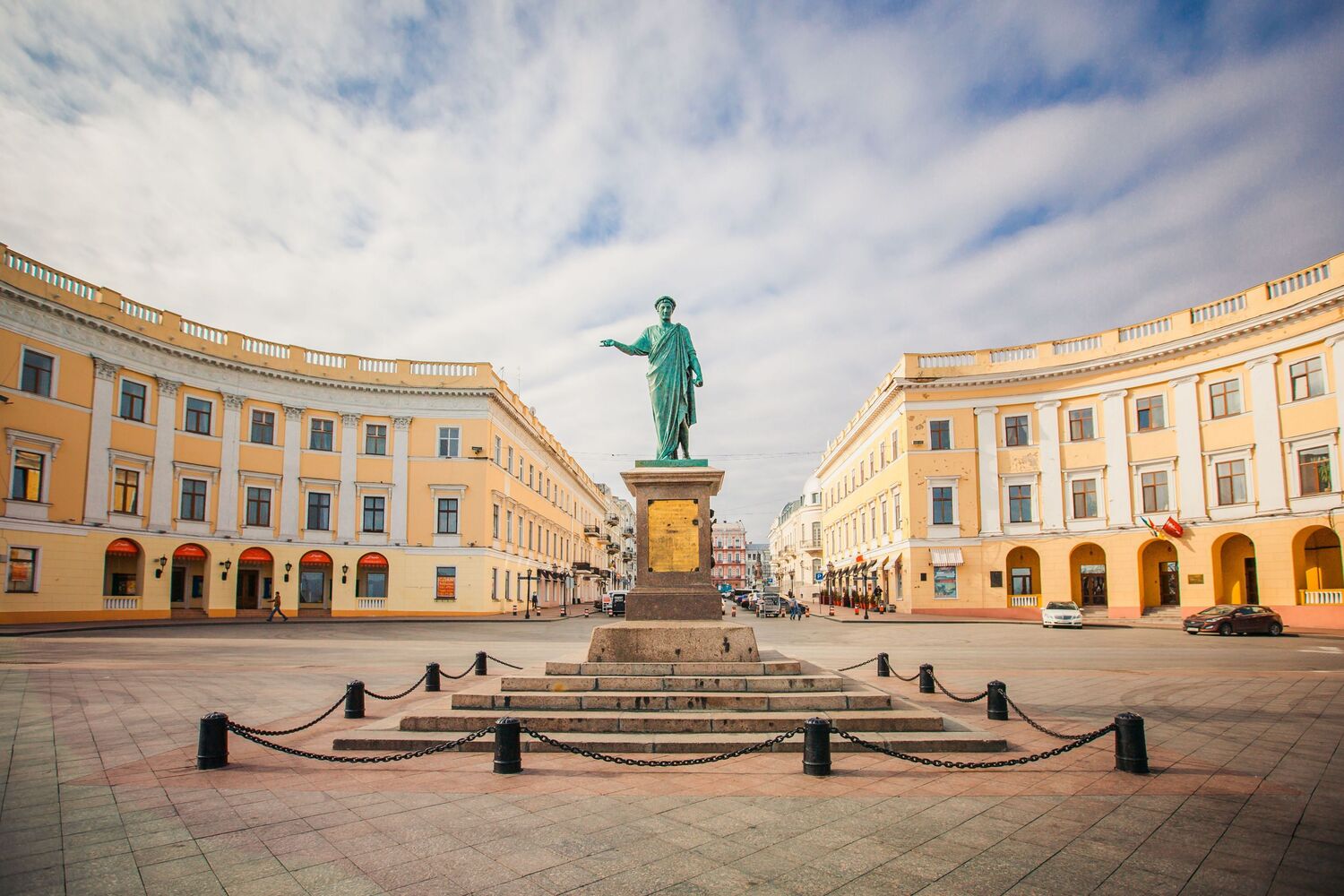Odesa is a captivating city located on the shores of the Black Sea, known for its vibrant culture, architectural beauty, and unique atmosphere. It stands out among Ukrainian cities due to its distinctive humor, multinational heritage, and rich maritime history. Often referred to as the “Pearl of the Black Sea,” Odesa has much more to offer than meets the eye. In this collection, you will discover interesting and educational facts about Odesa that you might not have known before.
- Odesa was founded in 1794 by the order of Empress Catherine the Great. Before that, there was a small Turkish settlement called Hadzhibey in the same area. The city quickly developed into a major port of the Russian Empire. It was planned with straight streets and wide boulevards from the beginning.
- The name “Odesa” is derived from the Greek word “Odessos,” although the original Greek colony was not located precisely where the city now stands. Empress Catherine chose the feminine form of the name to add elegance to the city’s identity. This decision gave the city its unique and graceful name.
- In 1907, Odesa launched one of the world’s earliest electric tram systems. It was a modern innovation for that time. Some of these tram lines still operate today. Trams remain a popular mode of public transportation in the city.
- Odesa’s architecture features an impressive mix of styles. One can see classical, baroque, art nouveau, and constructivist buildings on a single street. The Odesa Opera and Ballet Theater is one of the city’s most magnificent landmarks. The entire city resembles an open-air museum of architecture.
- The Potemkin Stairs are the most iconic symbol of Odesa. They are designed to create an optical illusion, where only the steps are visible from the bottom and only the landings from the top. With 192 steps, they gained international fame through the film “Battleship Potemkin.” The stairs remain a favorite place for tourists and locals alike.
- Beneath the city lies a vast network of catacombs stretching over 2,500 kilometers. They were created by mining limestone for construction. During wartime, the catacombs served as hideouts for resistance fighters. Today, parts of the tunnels can be explored with a guide.
- The local dialect of Odesa is rich in humor and colorful expressions. It combines elements of Russian, Ukrainian, Yiddish, Greek, and other languages. This distinctive speech pattern has become a key feature of Odesa’s identity. Wit and irony are deeply embedded in the culture of its people.
- Odesa has produced many renowned artists, writers, and performers. Among them are Isaak Babel, Leonid Utyosov, Mikhail Zhvanetsky, and Kira Muratova. Their works were closely tied to the spirit of the city. Odesa has inspired countless literary and cinematic creations.
- The Odesa Opera and Ballet Theater is famous for its exceptional acoustics. Even the softest whisper on stage can be heard in the last rows. The building was constructed in Viennese Baroque style. It attracts art lovers from around the world.
- Since 1973, Odesa has celebrated “Humorina,” a festival dedicated to jokes and laughter. The city streets come alive with colorful costumes, performances, and parades. It is one of the most joyful and unique traditions in Ukraine. The festival draws thousands of participants each year.
- Street food in Odesa offers a flavorful experience. Local specialties include forshmak, eggplant caviar, and stuffed fish. The cuisine reflects the city’s multicultural background. These dishes are as diverse and memorable as the city itself.
- Odesa is a major educational center with more than 20 universities and institutes. One of the most prominent is Odesa I. I. Mechnikov National University. Students from many countries choose to study here. The city has a dynamic and active academic life.
- The city’s coat of arms features an anchor, highlighting its strong maritime tradition. Nautical themes are common in street names and institutions. The sea plays an important role in daily life and identity. Odesa’s connection to the water is deeply ingrained in its culture.
- Odesa is one of the warmest cities in Ukraine. The proximity to the Black Sea ensures a mild climate throughout the year. Summer brings crowds of tourists, while winter offers its own cozy charm. The weather adds to the city’s appeal.
- The Odesa Zoo has operated continuously since 1938. It is home to numerous species, including endangered animals. The zoo also serves as an educational and conservation center. Families and school groups often visit to learn more about wildlife.
- Odesa is a sister city of New York City. This partnership highlights its international importance and cultural connections. The city is involved in global exchanges and development initiatives. These ties contribute to Odesa’s global presence and growth.
Odesa is a remarkable city where history and modernity coexist in harmony. These interesting facts highlight its cultural richness, architectural beauty, and social depth. Every street, square, and building tells a unique story. It is a city that leaves a lasting impression and invites you to return.





